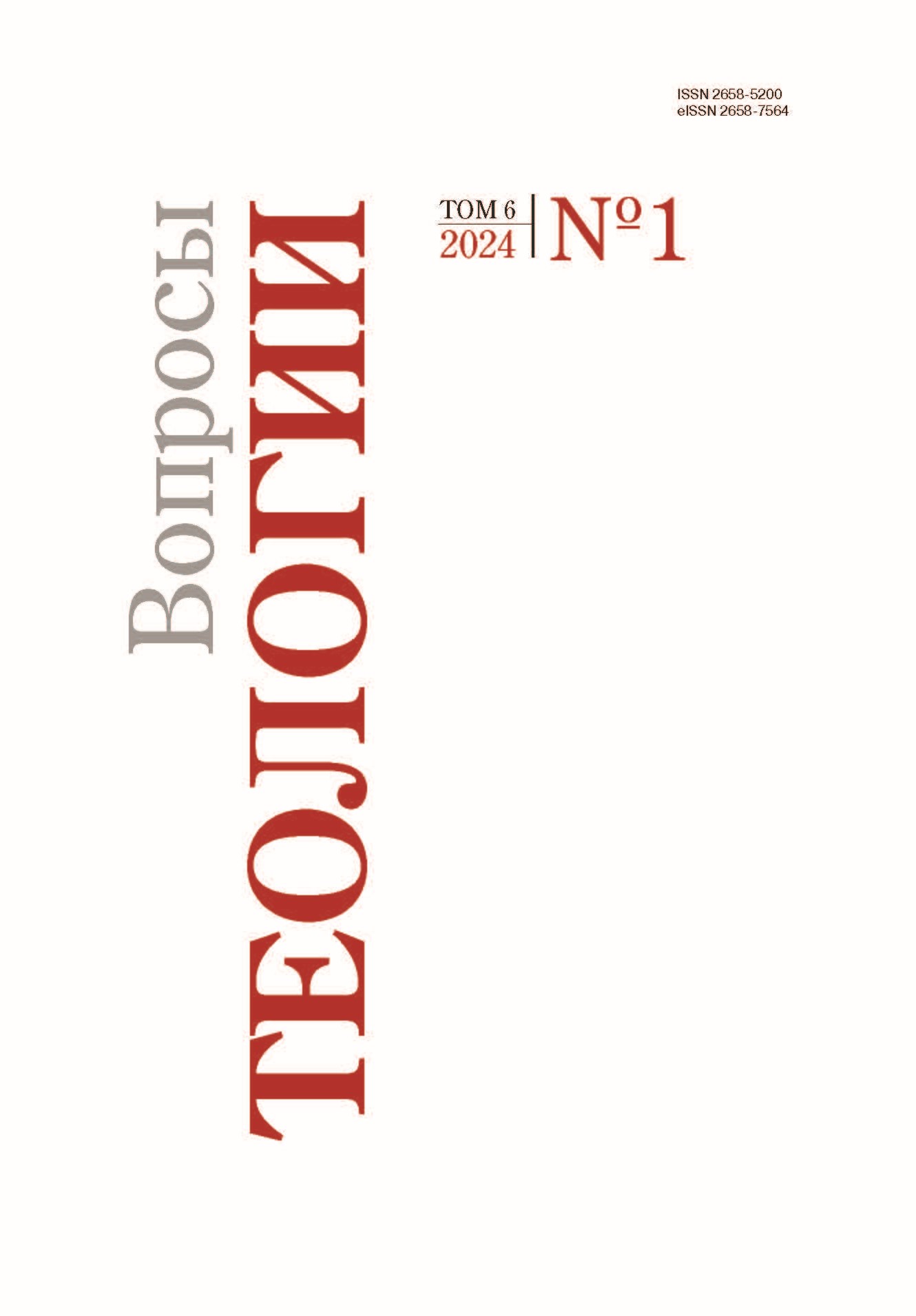Развитие сравнительной иудейской герменевтики Евангелия от Матфея
DOI:
https://doi.org/10.21638/spbu28.2024.103Аннотация
В статье рассматривается история развития сравнительных иудейских герменевтических исследований Евангелия от Матфея с XVII в. Особое внимание обращено на возникновение, характер и этапы развития сравнительных работ, на появлявшиеся в этом процессе препятствия и их преодоление. Проводится сравнение двух параллельных традиций в указанных исследованиях — христианской и еврейской. В основе методологии христианских и еврейских ученых лежали подходы исторической критики и филологии, преодолевшие религиозные рамки и принесшие академичность в сравнительные исследования. Однако в дальнейшем историческая критика привела к задержке развития сравнительных иудейских исследований из-за проблем анахронизма, так как раввинистическая литература написана на несколько сотен лет позднее Нового Завета и поэтому не подходит для сравнений. Другим препятствием для развития сравнительного анализа был филологический принцип одного текстуального значения, в то время как иудейская герменевтика предполагает множество значений сакрального текста, что противоречило принципу одного значения. Революционный прорыв в сравнительной иудейской герменевтике произошел в середине ХХ в. благодаря использованию литературного подхода, не связанного строгими правилами исторической критики и филологическим принципом одного значения. Рене Блок предложила использование раввинистической литературы для исследования христианской и межзаветной литературы и даже Библии, хотя такое сравнение является анахроничным. Культурный подход помог увидеть уникальность культурного вклада экзегетов и преодолеть религиозные препятствия для сравнительных исследований. Проводится сравнительная иудейская герменевтика рождественской истории в Евангелии от Матфея.
Ключевые слова:
иудейская герменевтика, апостольская герменевтика, Евангелие от Матфея, рождественская история, сверхъестественное рождение, историческая критика, историко-грамматический подход, литературный подход, культурный подход
Скачивания
Библиографические ссылки
References
Загрузки
Опубликован
Выпуск
Раздел
Лицензия
Статьи журнала «Вопросы теологии» находятся в открытом доступе и распространяются в соответствии с условиями Лицензионного Договора с Санкт-Петербургским государственным университетом, который бесплатно предоставляет авторам неограниченное распространение и самостоятельное архивирование.




